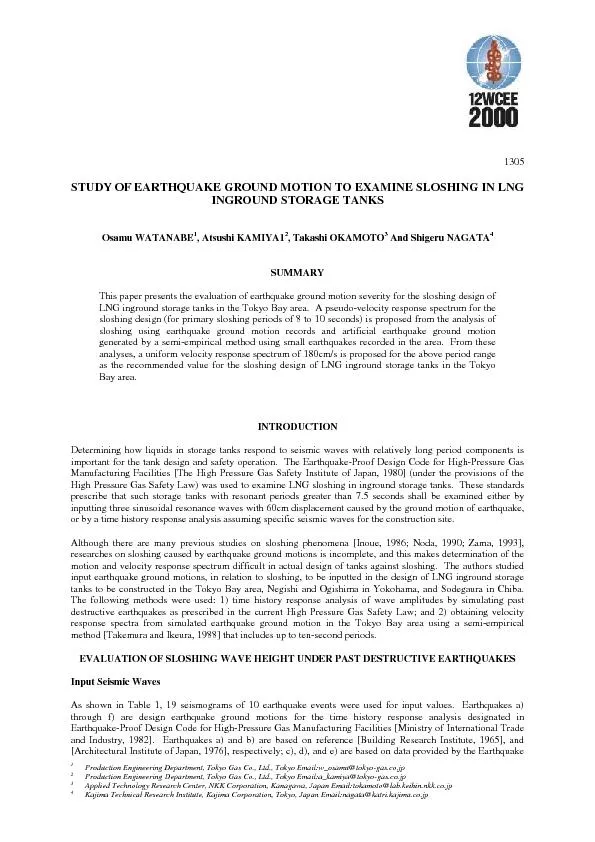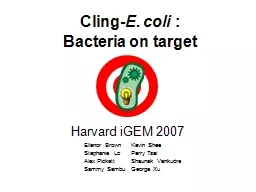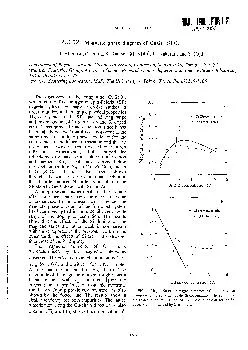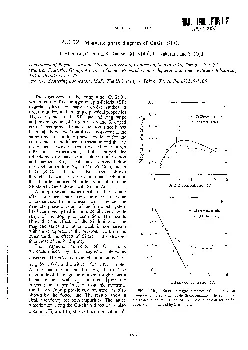PPT-Integrating the work of many other previous iGEM teams (Tokyo
Author : sportyinds | Published Date : 2020-10-06
NoKoGen 2010 Chiba 2009 2010 British Columbia 2009 Cambridge 2010 UNAMGenomics México 2010 ITESM Monterrey 2010 the aim of this project is to develop a way of giving
Presentation Embed Code
Download Presentation
Download Presentation The PPT/PDF document "Integrating the work of many other previ..." is the property of its rightful owner. Permission is granted to download and print the materials on this website for personal, non-commercial use only, and to display it on your personal computer provided you do not modify the materials and that you retain all copyright notices contained in the materials. By downloading content from our website, you accept the terms of this agreement.
Integrating the work of many other previous iGEM teams (Tokyo: Transcript
Download Rules Of Document
"Integrating the work of many other previous iGEM teams (Tokyo"The content belongs to its owner. You may download and print it for personal use, without modification, and keep all copyright notices. By downloading, you agree to these terms.
Related Documents














